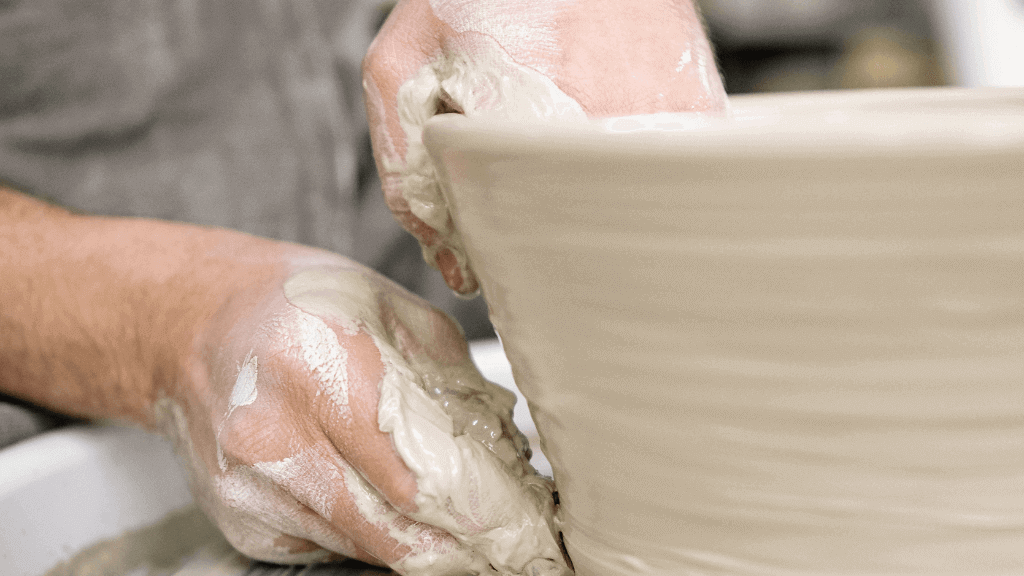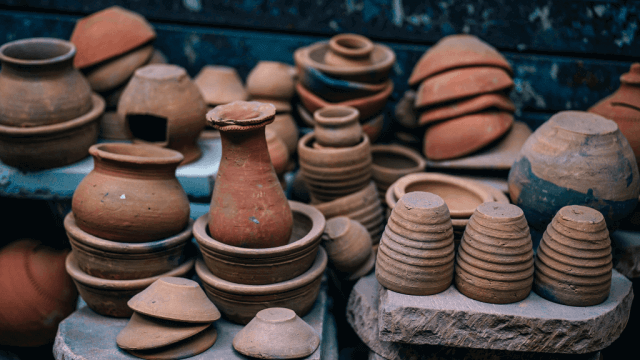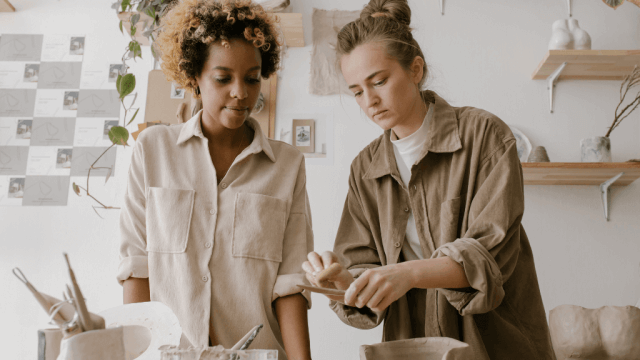For pottery, a kiln should be firing at a temperature between 1,800°F and 2,400°F (1,162-1,240°C). It is recommended to keep the kiln closed until it has cooled to at least 125°F (51°C) before opening. The optimal temperature range for common and widely used clays is between 2,100°F and 2,400°F (1,162-1,240°C).
What factors determine the temperature needed for a kiln to fire pottery?
The temperature needed to fire pottery in a kiln depends on the type of clay and glaze used. Low-fire clays require temperatures between 1750°F and 2000°F (954°C – 1093°C) , mid-range clays require temperatures between 2124℉ and 2264℉ (1162-1240℃) , and high-fire stoneware requires temperatures between 2120 and 2270 °F. It is important to not fire low-fire glazes or clay at high fire, as this can cause major damage to the kiln. Once the firing process is complete, the kiln should be allowed to cool to 125° F (51° C) before being opened.
How long does pottery need to be fired in a kiln, and does the duration of firing affect the temperature required?
Pottery typically needs to be fired in a kiln for 8-10 hours for the first firing (bisque fire) and 12 hours for the second firing (glaze fire). The duration of firing does affect the temperature required, with porcelain needing to be fired between 2381℉ and 2455℉ (1305℃ and 1346℃) for best results. A hold can also be programmed into the kiln, which is a period of time around 10 minutes where the temperature remains constant. Firing at a medium rate of speed will take around 7 ½ hours plus cool-down time.
Are there different types of kilns that are used for firing pottery, and do they have different temperature requirements?
There are several types of kilns used for firing pottery, including electric, gas, and wood. The temperature requirements vary depending on the type of kiln and the firing process employed. For example, electric kilns are typically rated up to around 1800°F , while periodic kilns are fired on an intermittent schedule and not all the time.
Can pottery be fired at lower temperatures than the recommended range, and what are the consequences of doing so?
Pottery can be fired at lower temperatures than the recommended range, but this can lead to unsatisfactory results in ceramic durability or color. Low fire clays never fully vitrify and are not as strong as those fired at higher temperatures. Glazes should be fired to a specific temperature range, and if fired too low, the glaze will not mature. Normal or soft stoneware/porcelain bisque is usually fired from cone 08 to 04. The most common temperature to bisque fire pottery is cone 06 – 04, which equates to around 1830 – 1940F (999-1060C).
Are there any safety considerations that need to be taken into account when using a kiln to fire pottery, such as ventilation or fire hazards?
When using a kiln to fire pottery, there are several safety considerations that need to be taken into account. These include proper installation and adherence to fire codes , wearing protective gear such as fire rated gloves , and ensuring adequate ventilation. Additionally, caution should be taken when opening a top-loading kiln and metal instruments or body parts should never be inserted into the kiln while it is firing.











